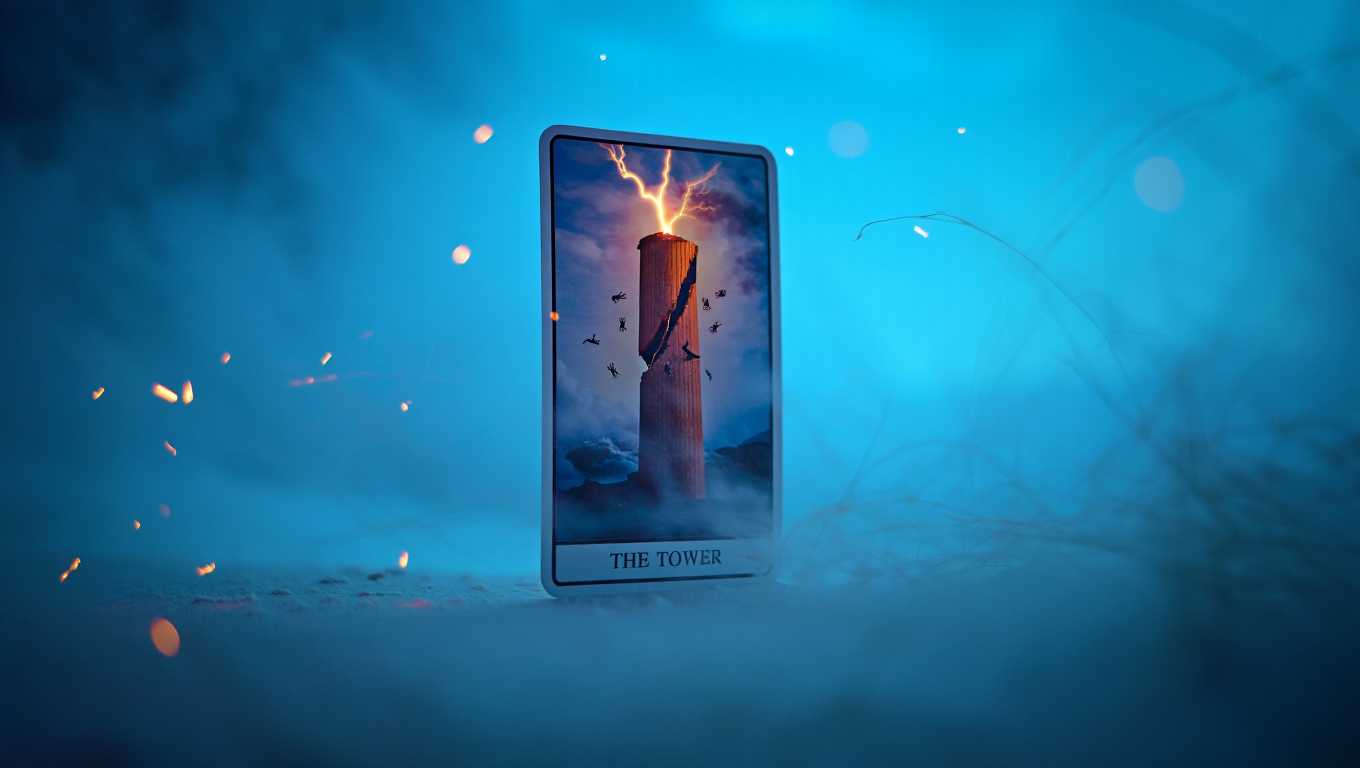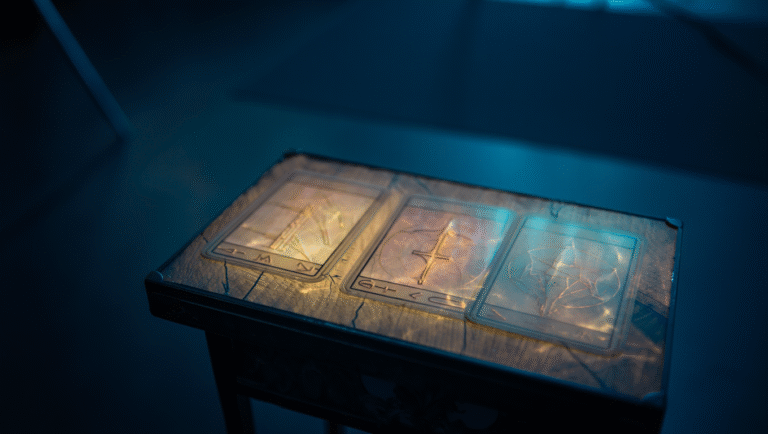Lenormand vs Tarot: What’s the Difference?
Curious about the difference between Lenormand and Tarot cards? If you’ve ever found yourself scrolling through Amazon, staring at mystical decks and wondering which to choose, you’re not alone. Both Tarot and Lenormand are popular tools for self-reflection, guidance, and sometimes just a fun night with friends. But they have unique vibes, structures, and uses. Let’s break down what sets them apart, when to use each, and how to get started in just 15 minutes—no “guru” needed.
Lenormand vs Tarot: Quick Context
Tarot is everywhere these days, from TikTok readings to coffee shop meetups. But Lenormand? Still a bit of a hidden gem, especially in the US and UK. Both systems use illustrated cards, but the similarities pretty much end there.
Fun fact: Tarot originated in the 15th century as a card game in Italy, while Lenormand decks are inspired by a 19th-century French fortune-teller, Marie Anne Lenormand. Different origins, different personalities!
Card Structure: Apples vs Oranges
Let’s look at how each deck is built:
| Name | Key Feature | Size/Material | Price Range | Amazon Link |
|---|---|---|---|---|
| Rider-Waite Tarot | 78 cards, illustrated, symbolic | Standard, glossy | $16–$25 | Check price on Amazon |
| Classic Lenormand | 36 cards, simple images | Smaller, matte | $12–$22 | See today’s deal |
Tarot decks have 78 cards, split into two parts: the 22-card Major Arcana (think: The Fool, The Lovers, Death), and the 56 Minor Arcana (like a regular playing card deck, but with suits of Cups, Swords, Pentacles, and Wands).
Lenormand decks have just 36 cards. Each card shows a straightforward symbol—like a Dog, Book, or Ship. No elaborate scenes, and no “reversed” meanings.
Reading Style: Storytelling vs. Direct Messages
Here’s where things really diverge:
- Tarot is interpretive. Images are symbolic, and meanings can shift depending on the question, card position, and your intuition. Readings often explore “why” and “how,” diving deep into psychology and personal growth.
- Lenormand is literal. Cards are read together—like words in a sentence—to answer direct questions. No deep symbolism, just clear, practical advice.
Think of Tarot as a novel, and Lenormand as a Tweet. Both useful, but in different situations!
Which Should You Use?
- Tarot: When you want insight, self-reflection, or to explore feelings and motivations.
- Lenormand: When you want quick, concrete answers: Will I get the job? Is this relationship healthy? What’s coming next week?
Case Study: A Real-Life Example
Let’s say you’re wondering about a job interview next week. Here’s how you might approach it:
Using Tarot
You draw The Chariot (Major Arcana) + Three of Pentacles. You interpret this as momentum and teamwork—maybe a positive sign, but also advice to show initiative.
Using Lenormand
You draw Ship + Letter + Sun. This reads as: “A positive message about a journey or opportunity”—clear, direct, and to the point.
Notice the difference? Tarot gives you layers to explore. Lenormand is the quick answer you can act on now.
How to Get Started in 15 Minutes
Here’s a no-fuss way to try both:
- Pick a deck: Start with something classic and affordable, like Rider-Waite Tarot or Classic Lenormand.
- Set a timer for 15 minutes. (Seriously. Less overwhelm, more action.)
- Ask a simple question: “What should I focus on today?”
- Draw 1–3 cards from either deck.
- Look up the meanings. For Tarot, try Biddy Tarot. For Lenormand, check Learn Lenormand.
- Write your takeaway in a notebook or phone. Don’t overthink it!
What You’ll Need
- Your chosen deck
- Notebook or notes app
- A timer (phone works)
- Optional: Card cloth or reading mat (makes things feel special, but not required)
Quick Comparison Table: Tarot vs Lenormand
| Feature | Tarot | Lenormand |
|---|---|---|
| Number of cards | 78 | 36 |
| Reading style | Symbolic, narrative, introspective | Literal, practical, direct |
| Best for | Personal growth, exploring emotions | Yes/no questions, daily practical advice |
| Learning curve | Moderate to steep | Quick to learn basics |
| Popular decks | Rider-Waite, Modern Witch Tarot | Classic Lenormand, Gilded Reverie Lenormand |
Helpful Resources & Tools
- Rider-Waite Tarot Deck – iconic starter deck
- Classic Lenormand Deck – easy-to-read images
- Biddy Tarot – free Tarot meanings & guides
- Learn Lenormand – card meanings & how-tos
- Reading cloths and mats – for aesthetic and practical vibes
Final Thoughts: Which One’s Right for You?
The best system? Honestly, the one you’ll use. If you love digging into symbolism and storytelling, Tarot is a classic for a reason. If you want fast, no-nonsense answers, Lenormand may just be your new favorite tool.
Try both. See what resonates. Mix and match. And remember: it’s not about predicting the future—it’s about helping you make sense of today.
This post may contain affiliate links. If you purchase through them, it won’t cost you extra, but it helps keep this site running.




